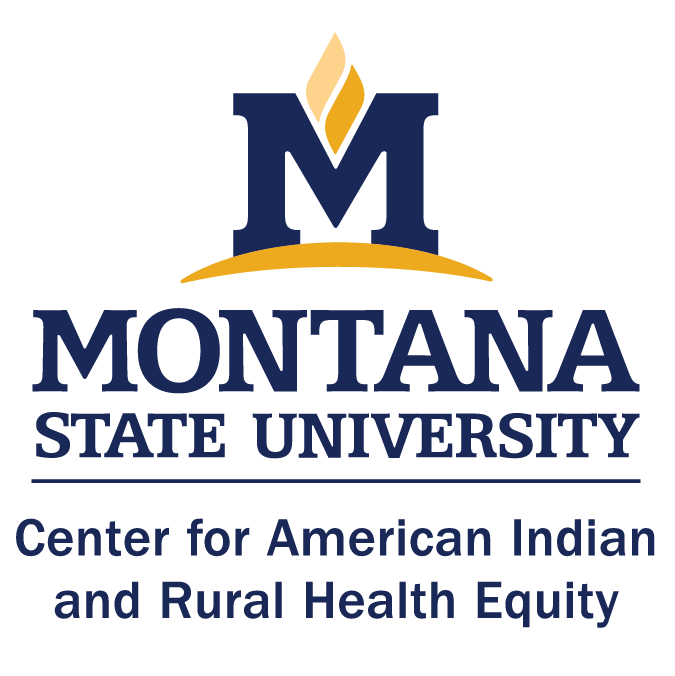A Trauma-Informed Intervention for Positive Youth Development and Teacher Wellness in Rural Montana
2021–present

Project Leader Lauren Davis, Ed.D.
MSU Department of Education
[email protected]
Compared to U.S. urban counterparts, rural residents face major barriers to using health care services. Challenges include shortages of services, long distances to existing services, and stigma regarding mental illness in isolated communities. These difficulties hold true for Montana, but especially for adolescents. The objective of A Trauma-Informed Intervention for Positive Youth Development and Teacher Wellness in Rural Montana is to improve stress-related mental and physical health outcomes for adolescents and educators in rural Montana through school-based, trauma-informed yoga exercises. Our research demonstrates that this intervention is linked to improvements in mental (anxiety and depression) and physical health (cortisol) for students. This project builds on our previous research (including a two-year CAIRHE pilot study, 2019-21) to promote positive youth development by simultaneously intervening with students and teachers with a trauma-informed yoga intervention. Geographic isolation and resulting lack of resources for many Montanan schools indicates a need for novel, school-centered interventions to address the needs of rural adolescents; yoga can benefit youth and teacher wellbeing.
Aim 1: We will pilot a virtual trauma-informed yoga intervention for teachers in a rural Montana school district. Primary outcomes will assess career satisfaction and self-efficacy changes; estimates of intervention efficacy on the secondary mental health outcomes of depression and anxiety symptoms will be assessed by surveys, with secondary physical health outcomes assessed by cortisol levels and Heart Rate Variability measures (collected at baseline and at 6 weeks).
Aim 2: In Year 2, we will expand the study to pilot test a remote delivery for students and teachers in rural schools through virtual delivery (in addition to an in-person high school student intervention at the school district of Aim 1. Primary outcomes for teachers will assess career satisfaction/self-efficacy; primary outcomes for students will assess depression/anxiety symptomology. Effects on secondary mental/physical health outcomes will be drawn from survey results, cortisol levels, and heart rate variability measures (collected pre/post).
Aim 3: In Year 3, we will determine which intervention design was more effective with students (in-person vs. remote) between the two years of this feasibility study through an outcome evaluation. Comparisons of mental and physical health outcomes will be examined by the research team using cohort data drawn from participants’ physiological data and survey results.
The short-term public health impact of this study is to improve the mental and physical health of rural Montana youth and teachers through a novel, school-based intervention. If successful, our study’s long-term public health impact will reduce rates of anxiety and depression and improve physical health in geographically isolated settings.

